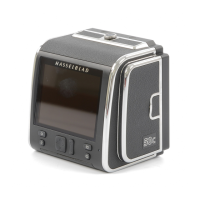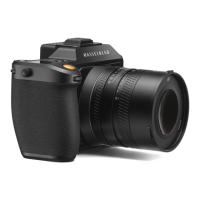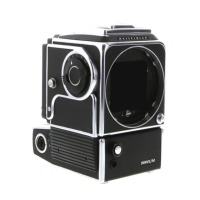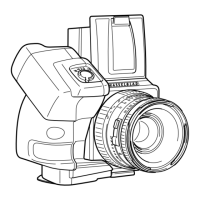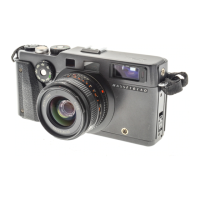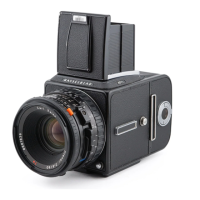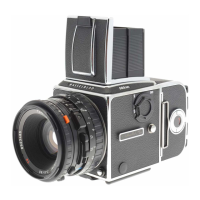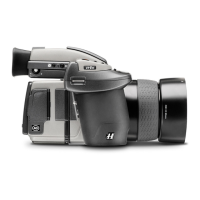82
CONTENTS
CFV 100C
User Manual
Step Size
For high-quality work, users should normally select Small or Medium step size. For less
critical work, users can also use Large or Extra Large. Large or Extra Large can also be used
in certain situations when the type of subject allows.
To find what works best for your situation, it is recommended to perform multiple tests.
The step size is related to the depth of field (DoF) produced by the camera at a given
aperture. This means that the actual focus shift in the subject will be larger with a higher
aperture number. For example, f/4 will give a smaller step than f/11. However, before each
exposure, the camera will automatically calculate the actual step size using the current focus
position, focal length of the lens, aperture and pixel dimensions of the sensor.
In the subject, the DoF will grow as the focus point is moved away from the camera. The
distribution of the DoF around the focus point will also be more uneven. The DoF on the far
side of the focus point will grow more than the DoF in front of the focus point.
As the camera will automatically make all the calculations for users, the only thing that
really needs consideration is how many images to make in the sequence. In most cases,
it is recommended to set a number that is too high rather than too low. The camera will
automatically stop when the lens cannot be focused further or closer.
DoF and Step Size Visualized
To the right is a typical subject where focus
bracketing could be used.
With the step size set to Medium, there will
be no unsharp areas between each image.
Please note that DoF is relative and how it is
perceived greatly depends on the viewing
magnification of the final result. The circle
of confusion (CoC) is used to determine the
depth of field, see also https://en.wikipedia.
org/wiki/Circle_of_confusion.
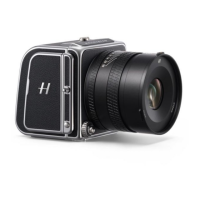
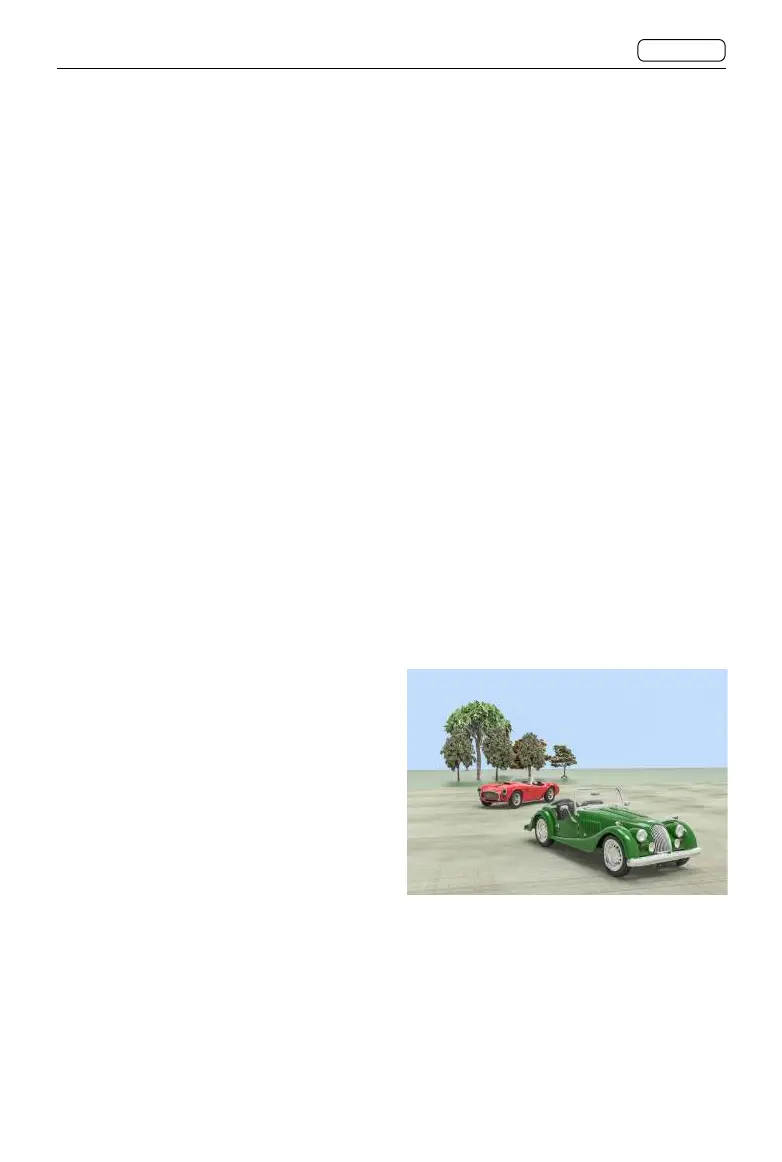